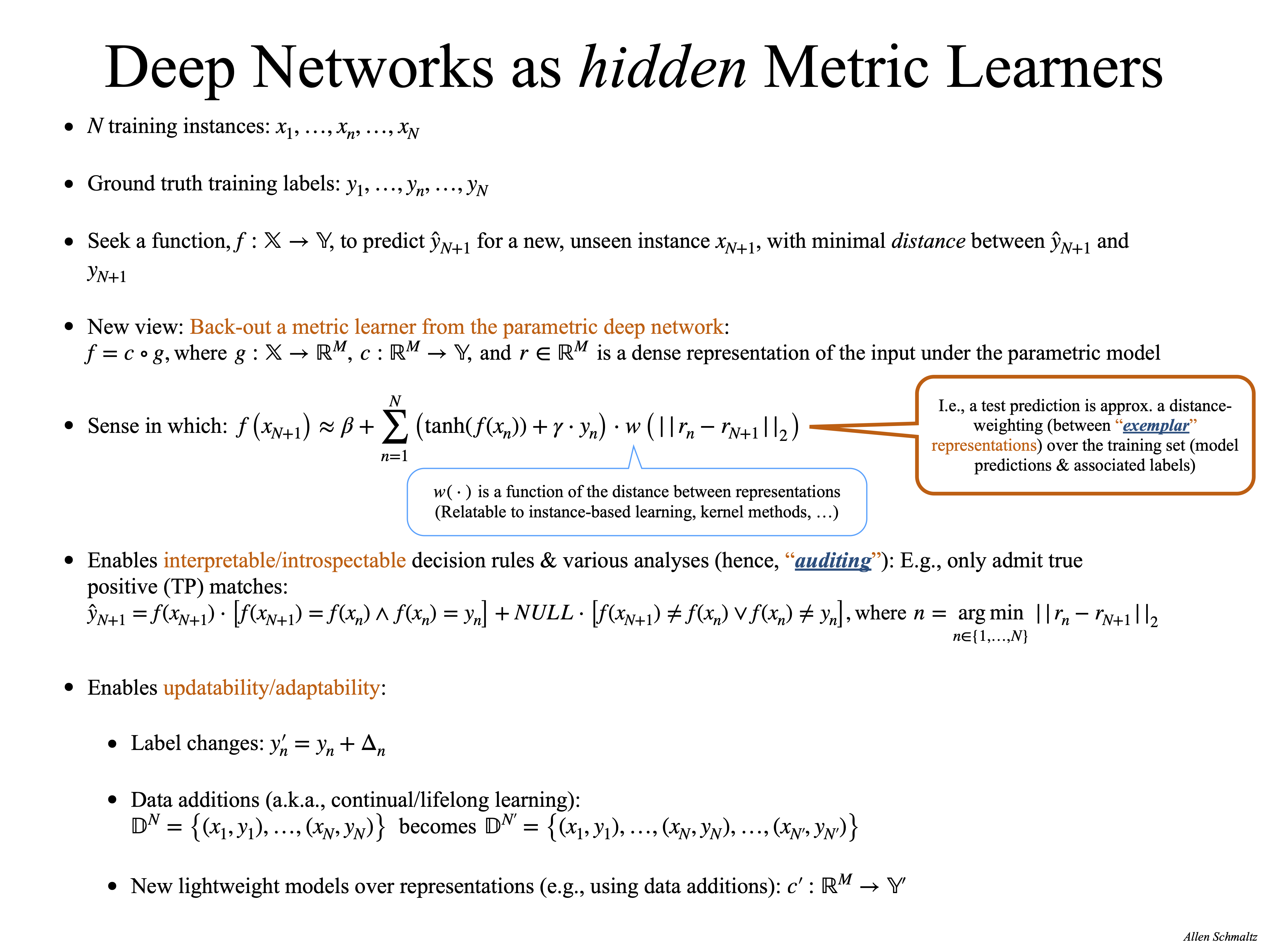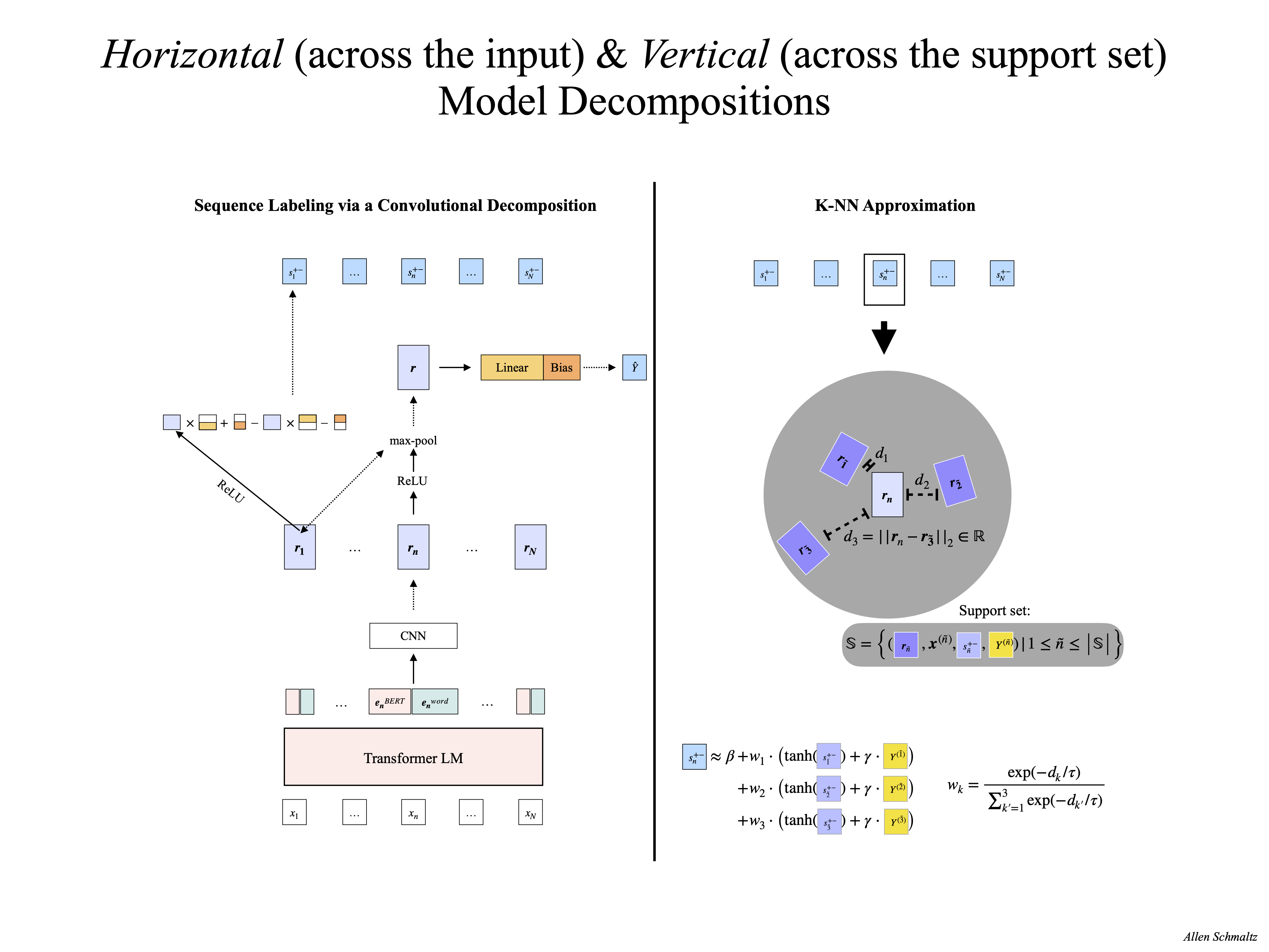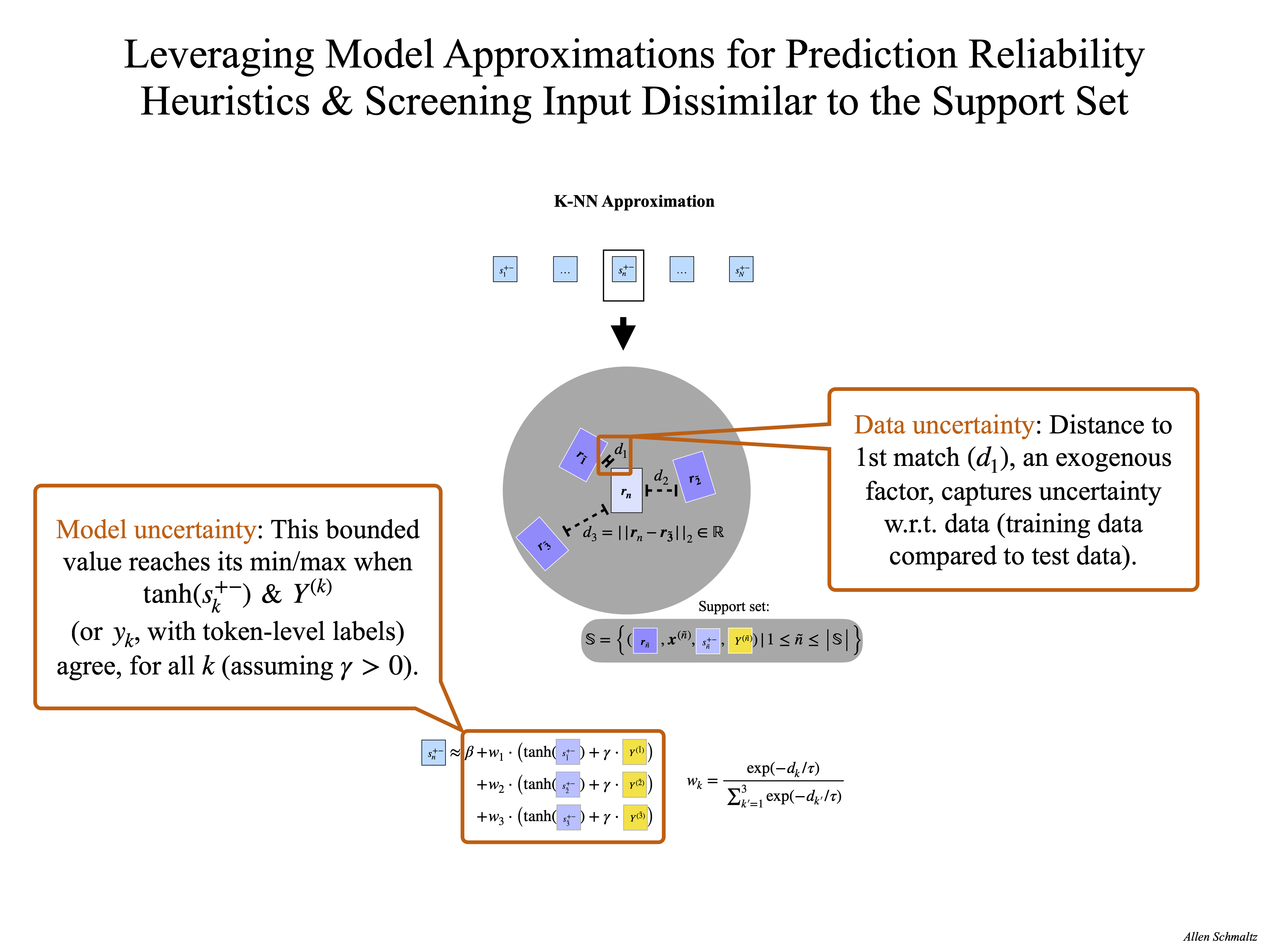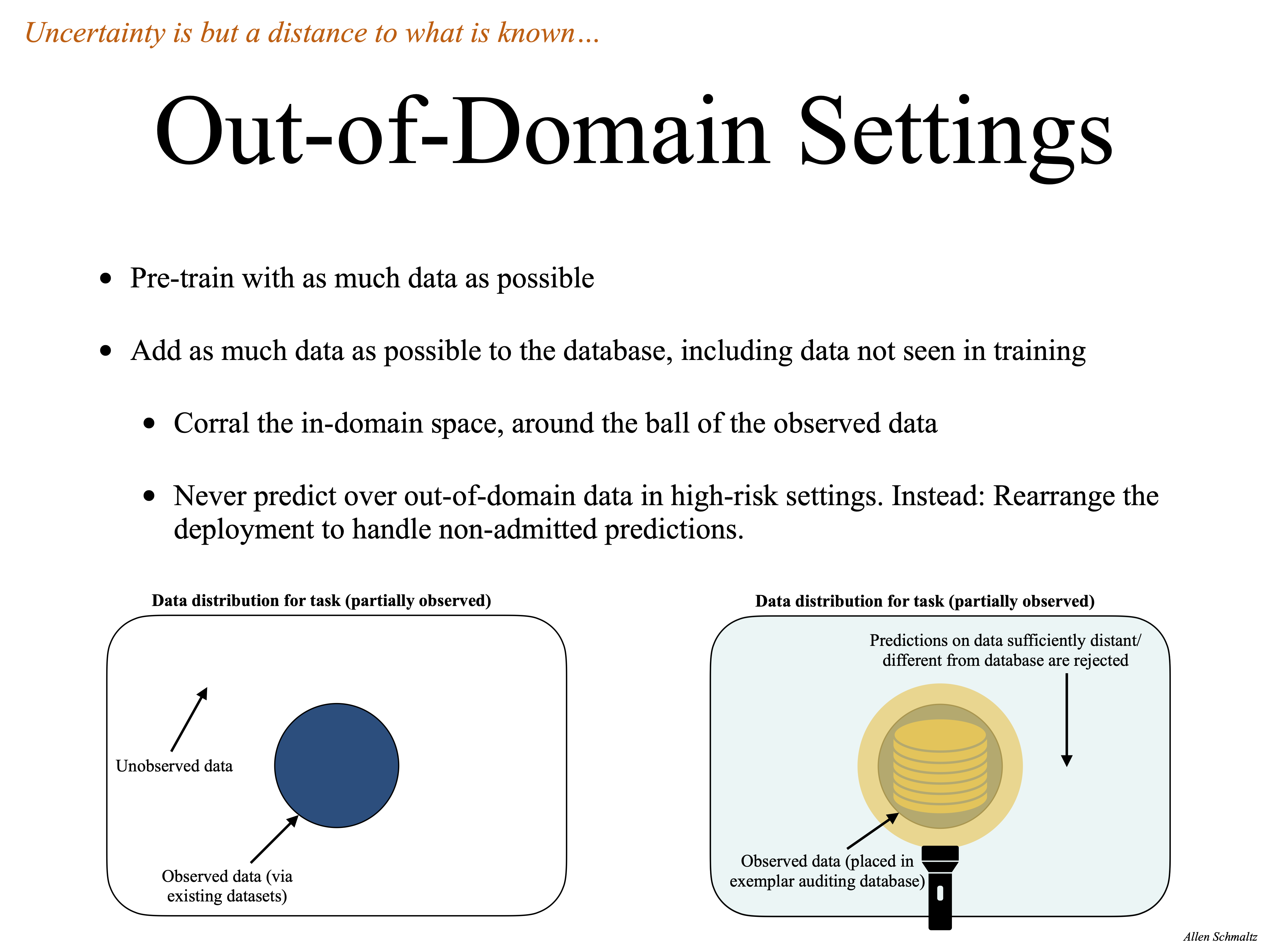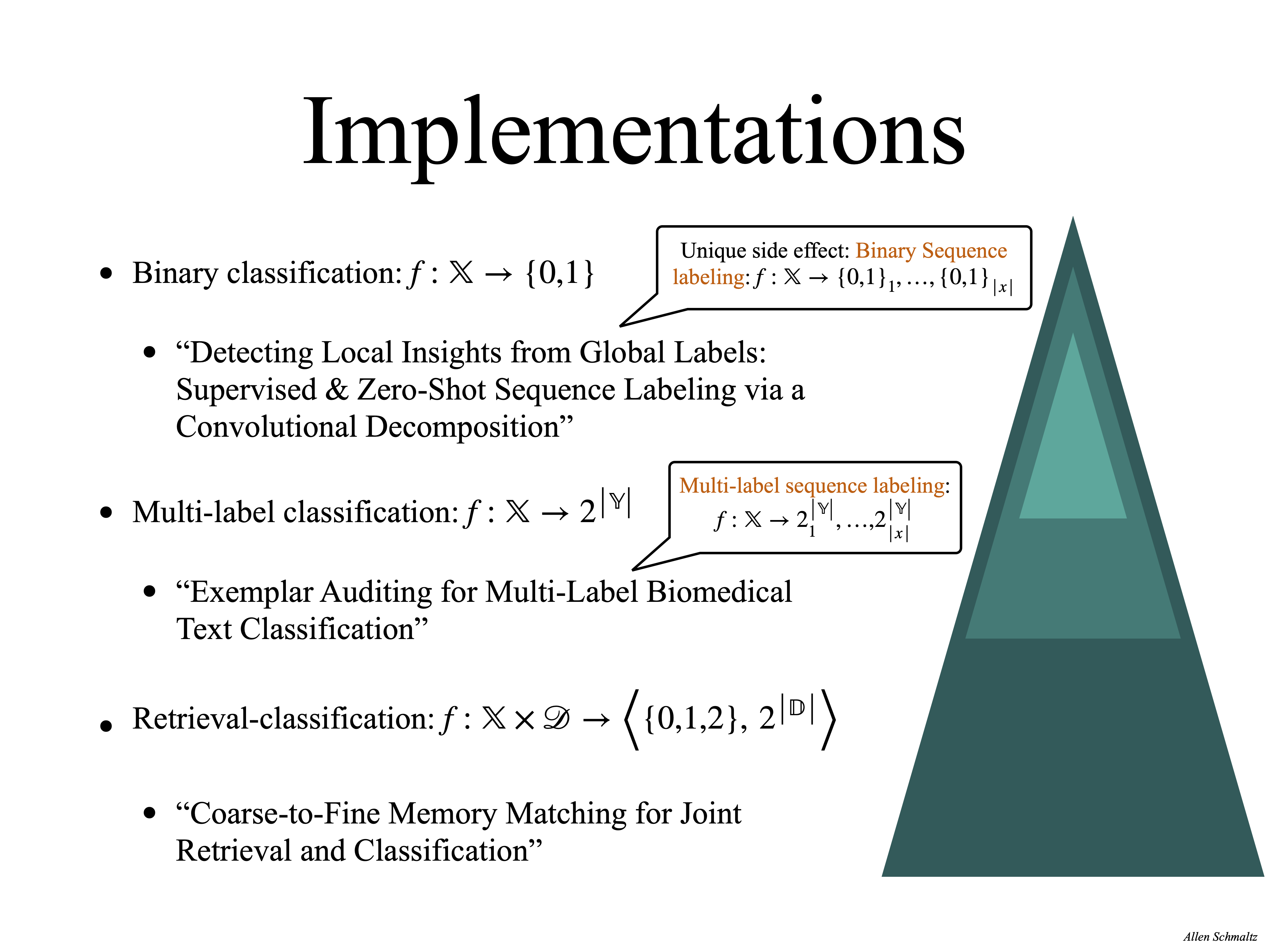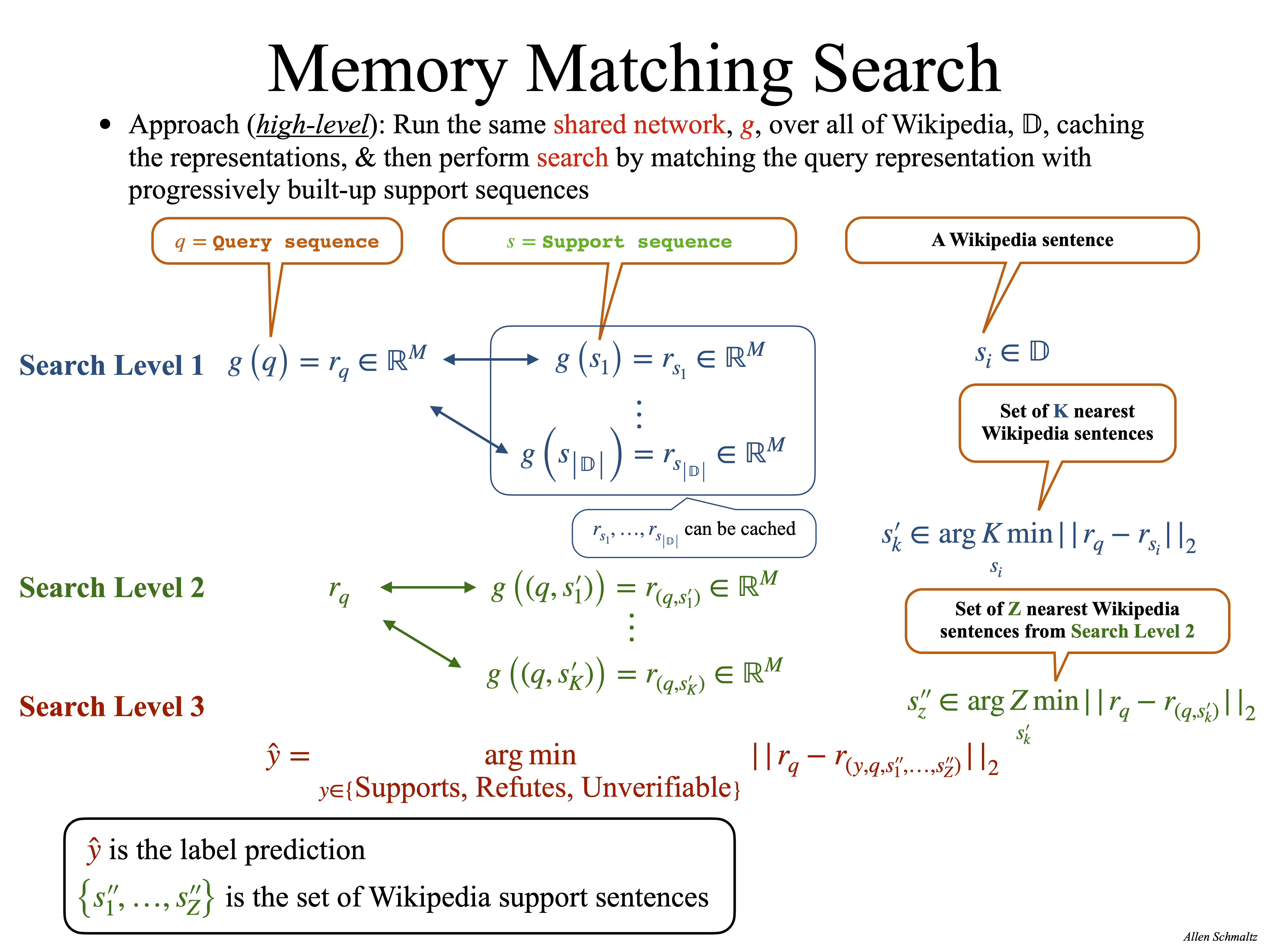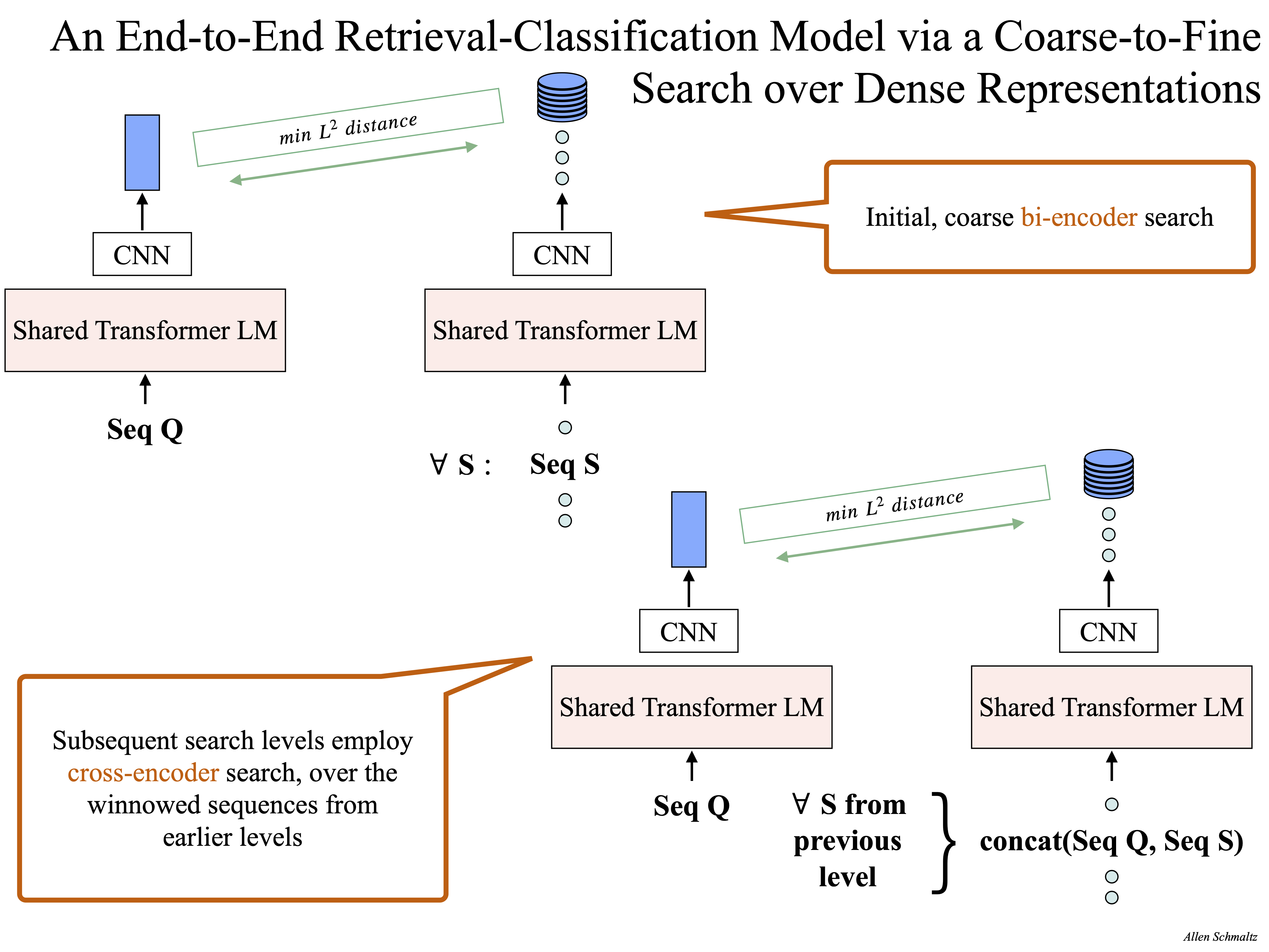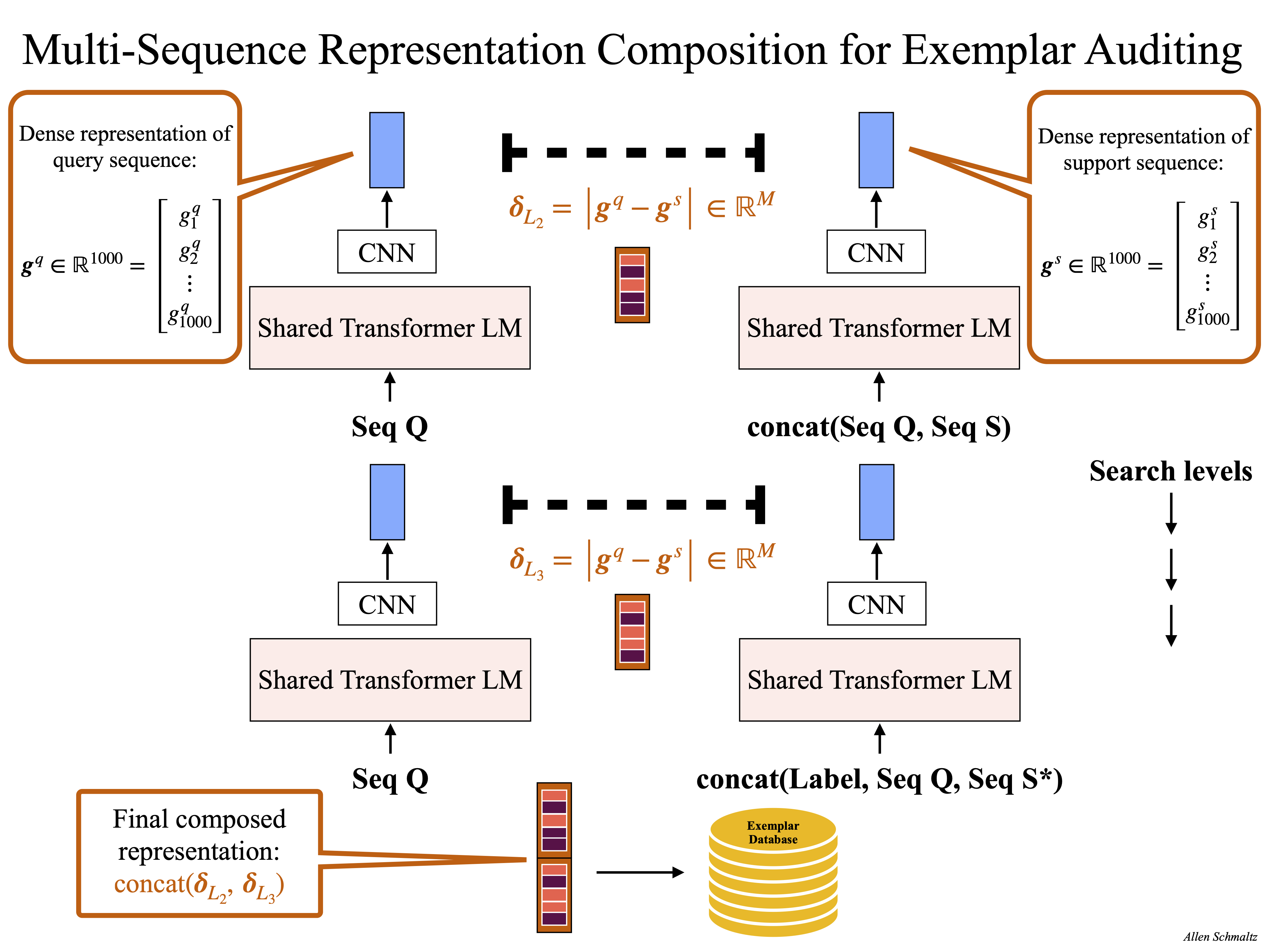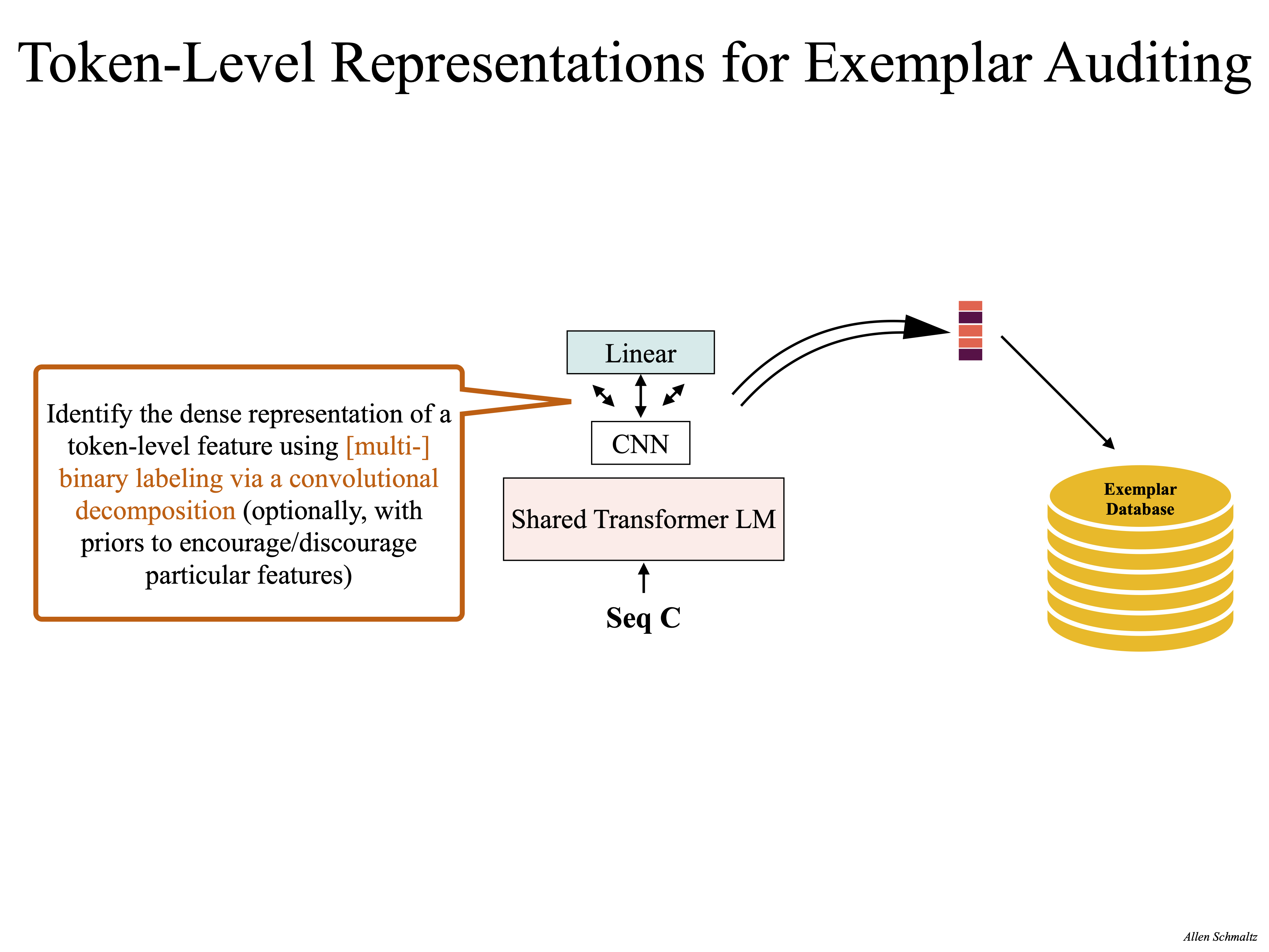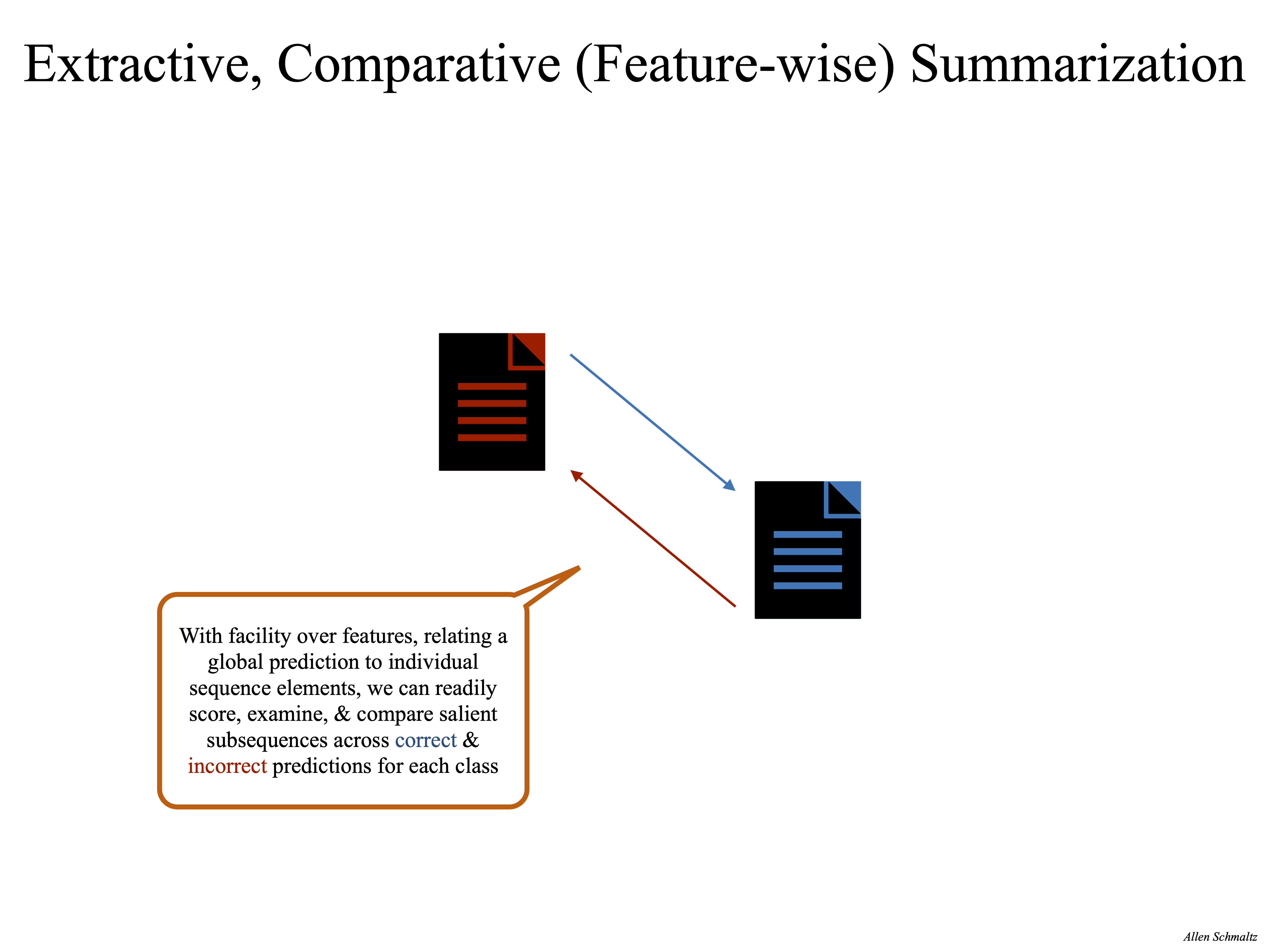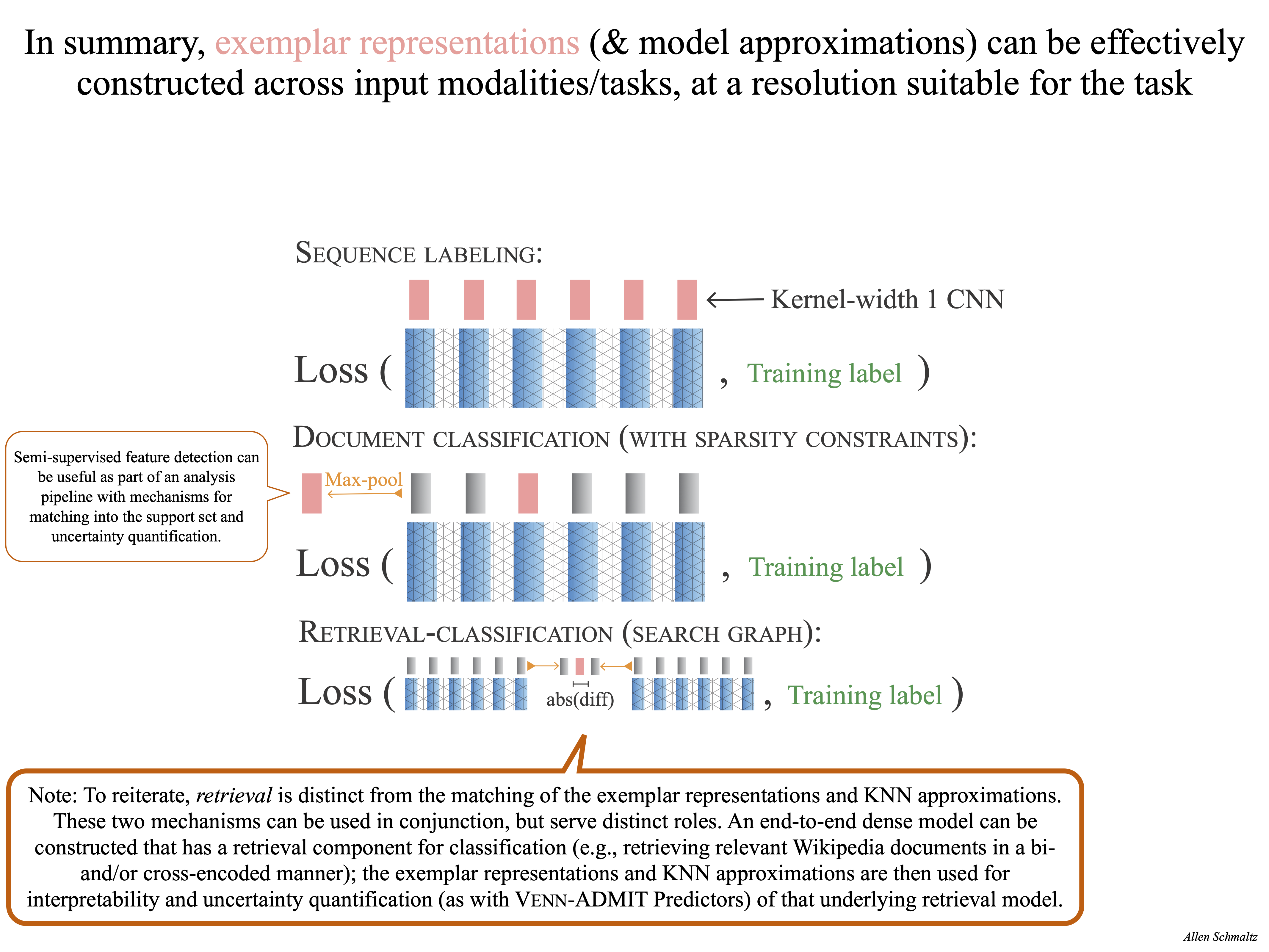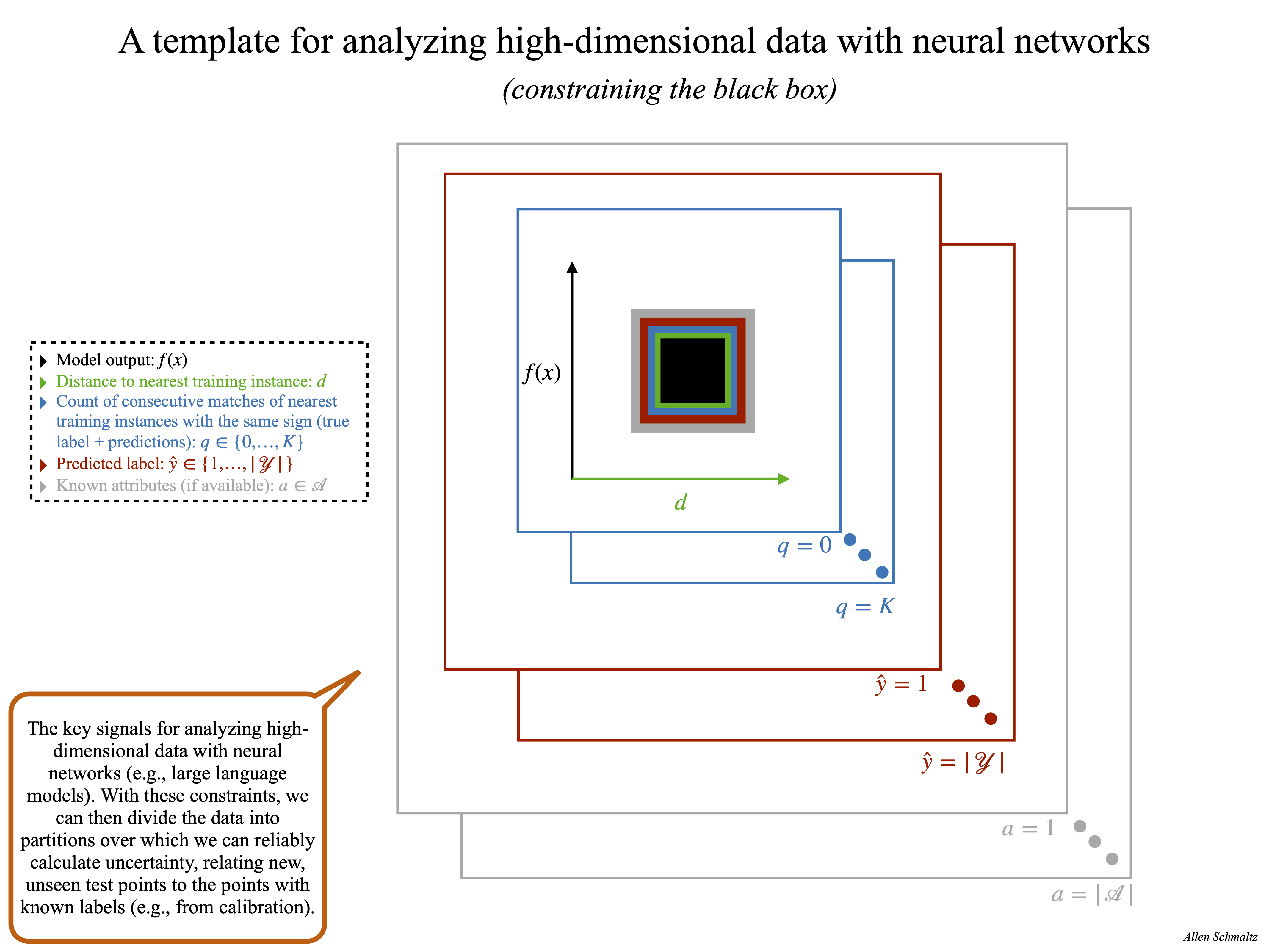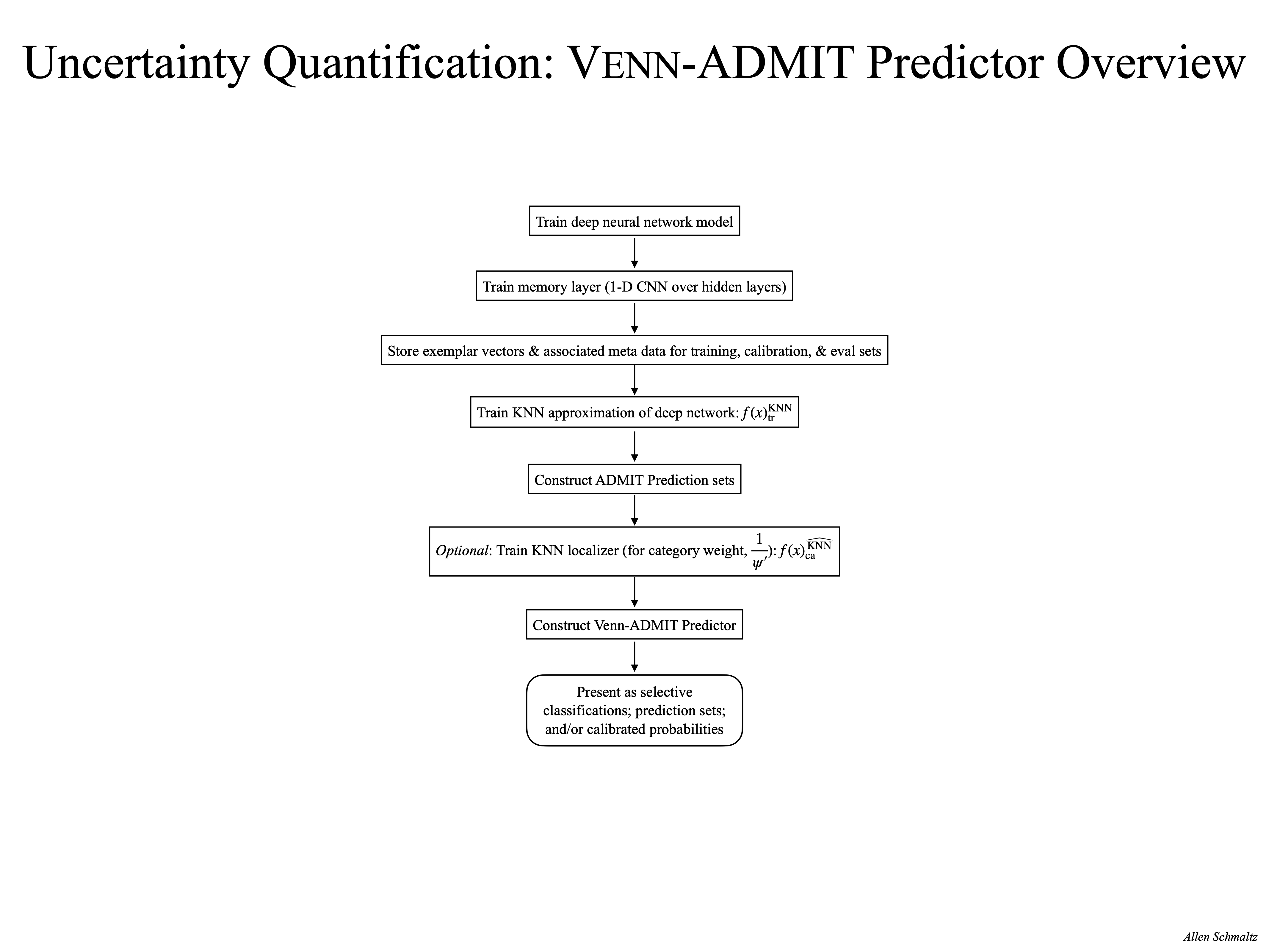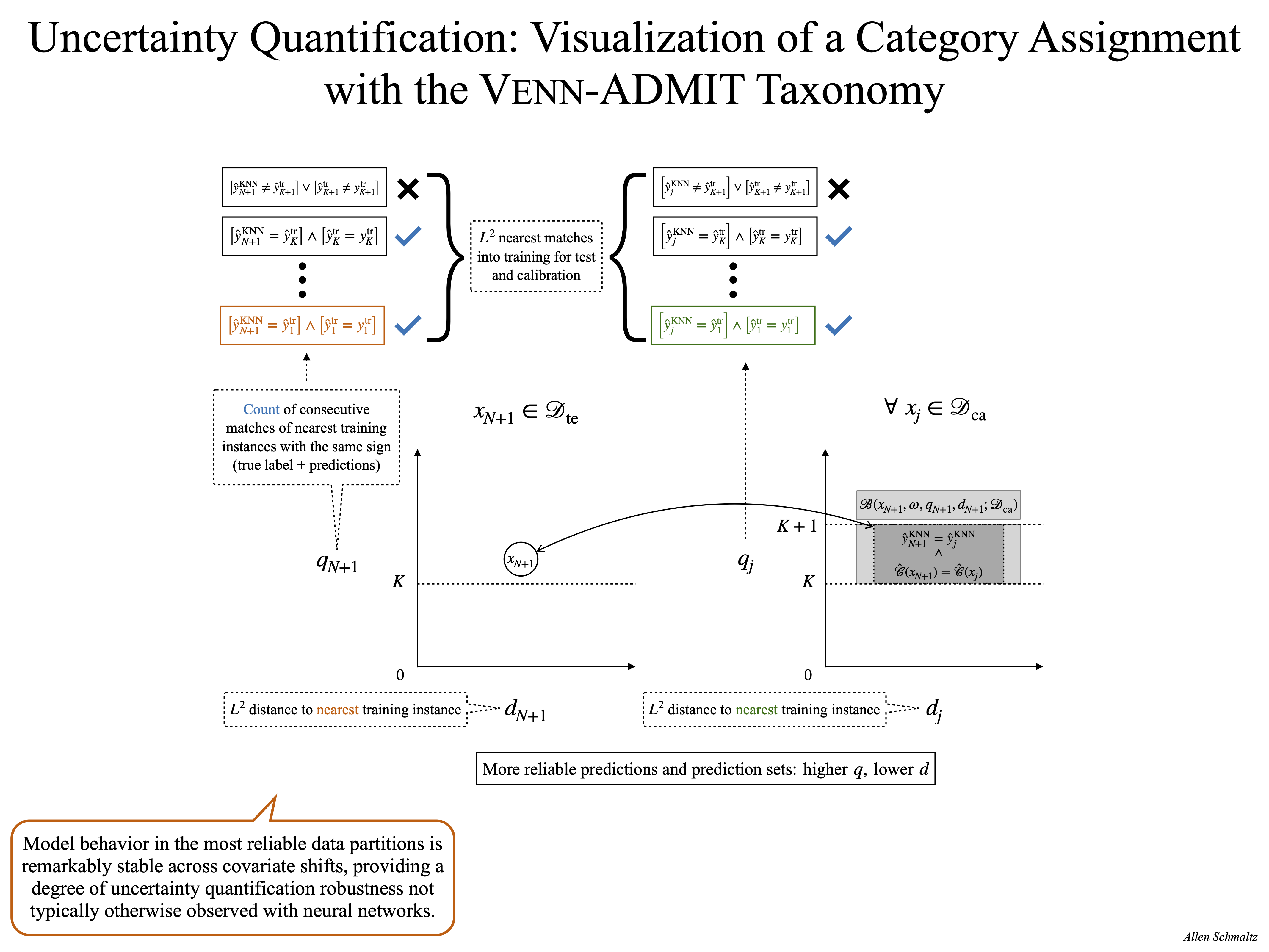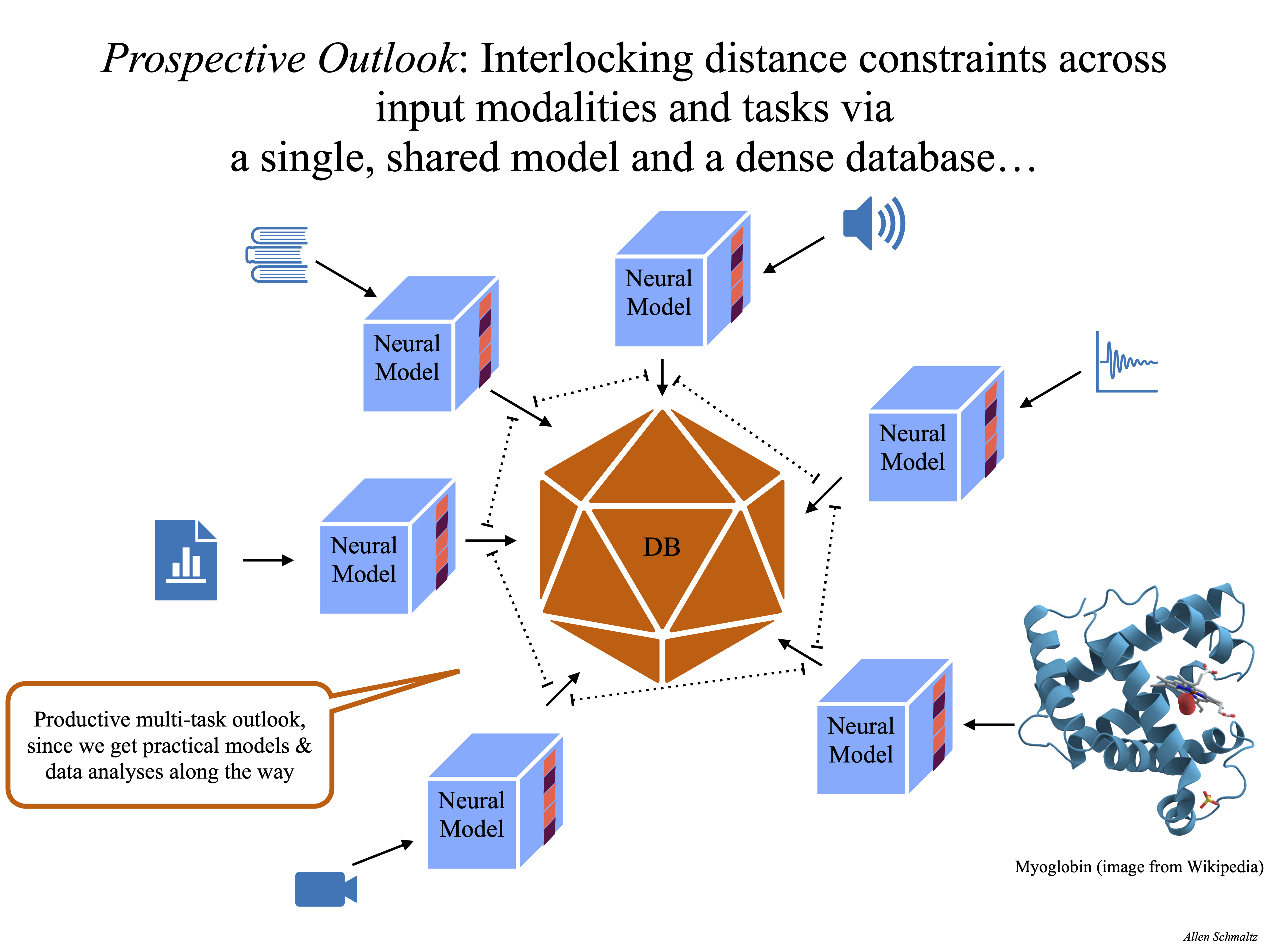Allen Schmaltz

Computer Scientist
Founder, Reexpress AI, Inc.
The Path to Controllable AI
The path to SDM activation functions, SDM estimators, and SDM language models was several years of research focused on developing safe and reliable AI systems. Here, I briefly highlight my research from 2022 and earlier.
After completing my Ph.D. in 2019 in Computer Science at Harvard, I worked in the Department of Epidemiology to bring deep learning research to the Harvard medical community, and the medical field, more broadly. Toward this end, I developed a series of new approaches for understanding, analyzing, and updating neural networks and their associated datasets. The goal was reliable deployment of neural networks for medical applications.
The methods I developed added additional properties to large, otherwise blackbox, deep neural networks. These properties are critical for enabling trust in the predictions from neural networks, and trust in the ability of end-users to interpret and deploy such models: Introspection of the predictions against instances with known labels; updatability of the models without a full re-training; and robust uncertainty quantification over the predictions.
Concrete implementations of these ideas are detailed in my publications and presentation materials, and the images included at the bottom of this page (or here as a single PDF) summarize the key aspects.
SDM activation functions, SDM estimators, and SDM language models supersede these methods, but I provide an overview of my earlier work for reference, learning, and to highlight that these developments were several years in the making.
Visual Overview of My Research from 2022 and Earlier:
